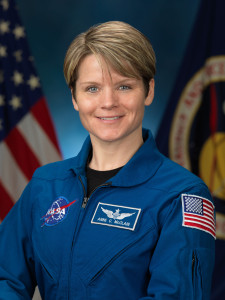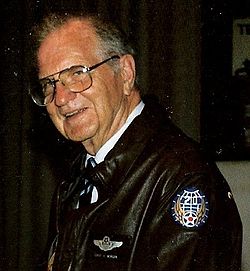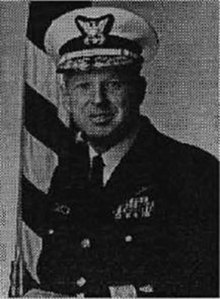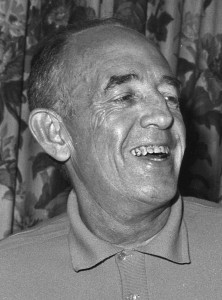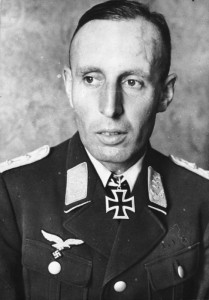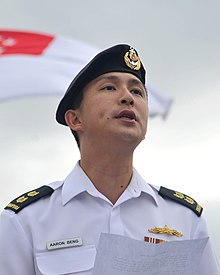Jesse L. Brown
Birthday October 13, 1926
Birth Sign Libra
Birthplace Hattiesburg, Mississippi, United States of America
DEATH DATE 1950-12-4, Chosin Reservoir, South Hamgyong Province, Democratic People's Republic of Korea (24 years old)
Nationality United States
#16482 Most Popular



